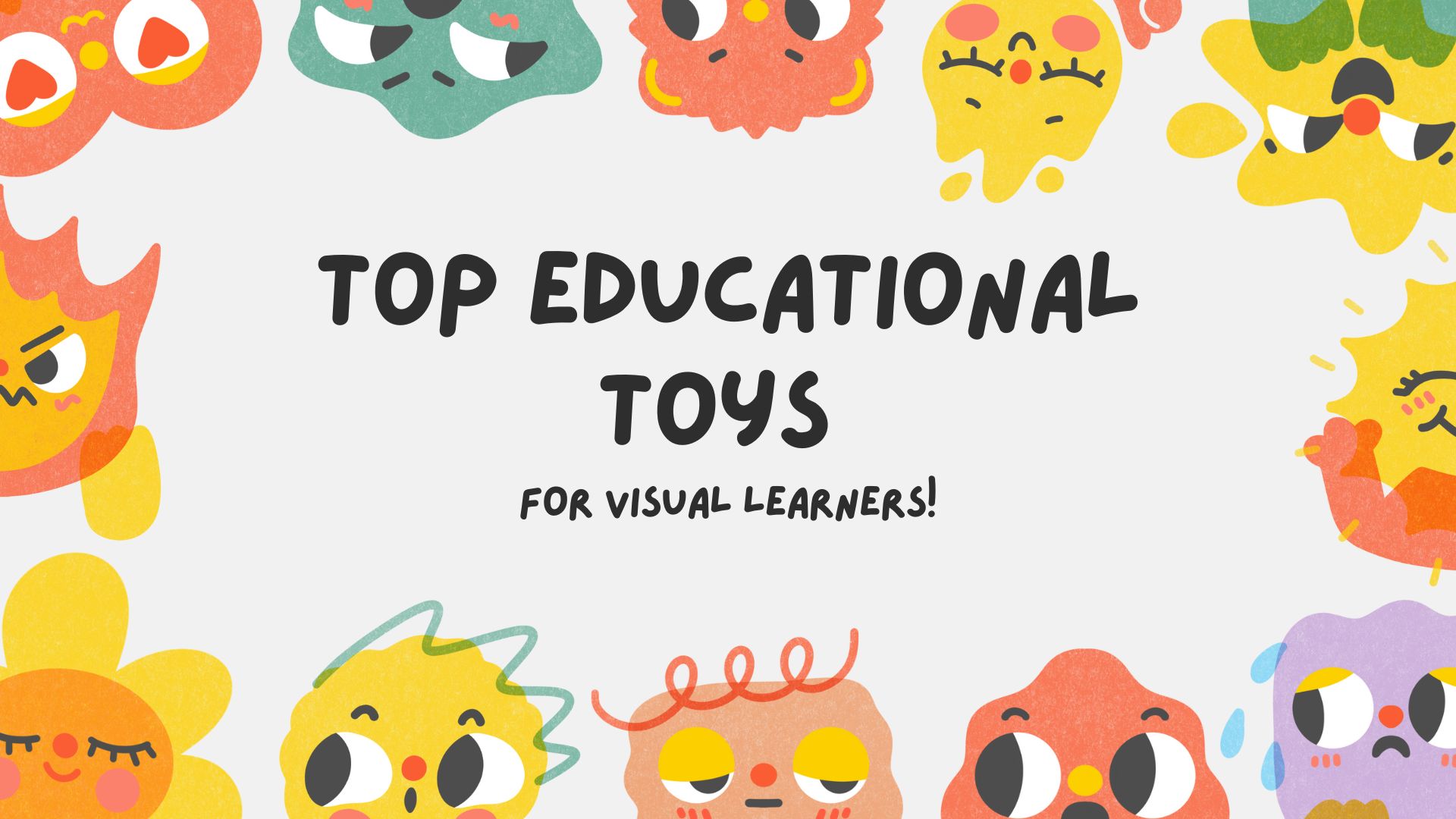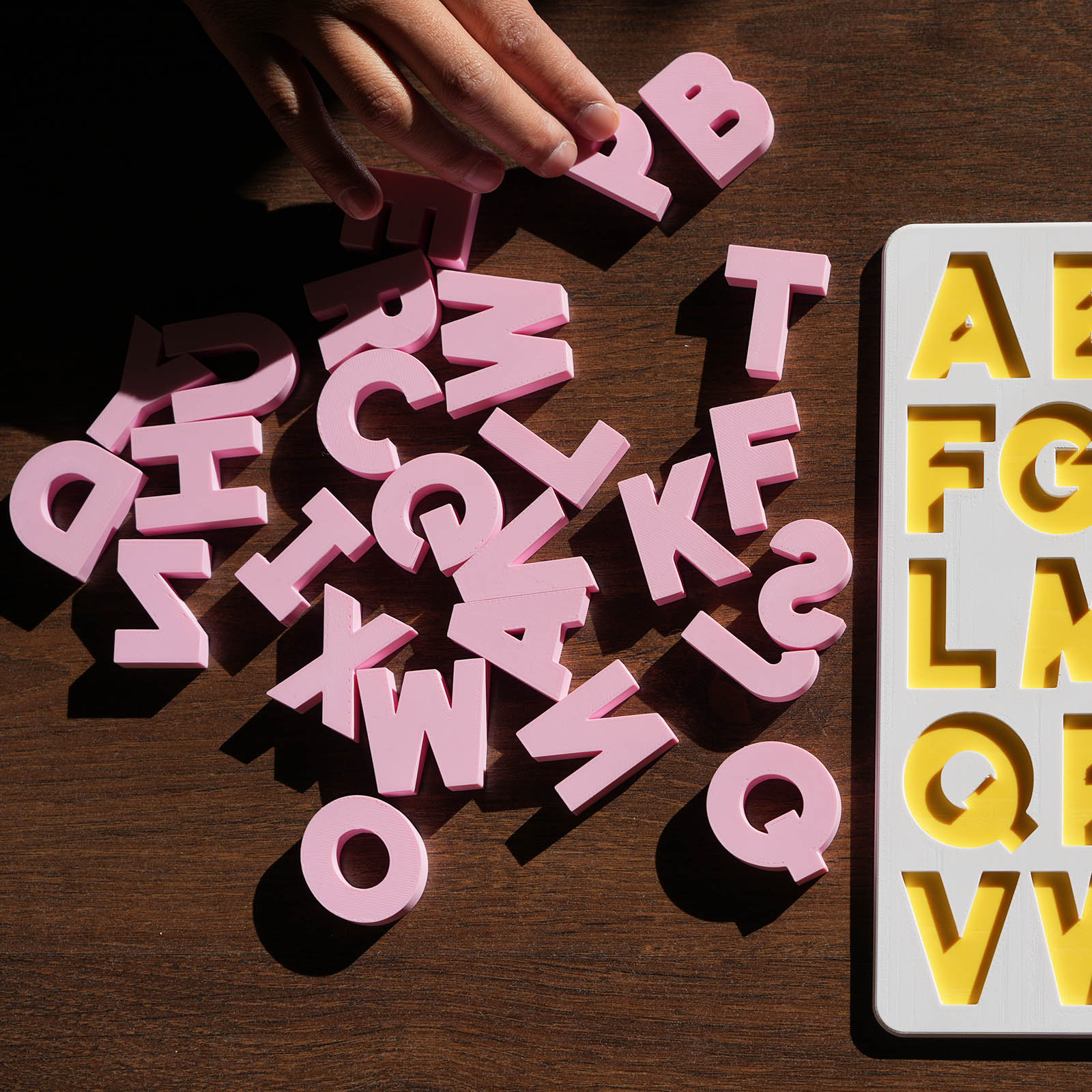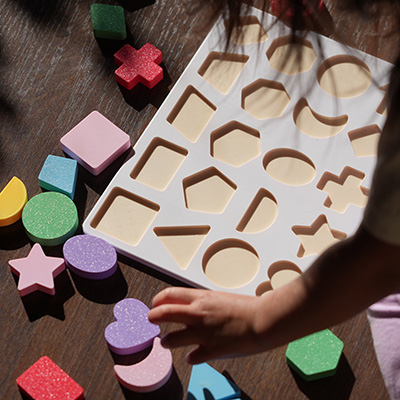👁️ What are Educational Toys for Visual Learners?
Every toddler learns in their own way — but for visual learners, the world makes the most sense through images, patterns, and spatial relationships.
These children:
- Notice details in pictures and letters
- Love organising, matching, and sorting
- Learn best when they can see how things work
- Respond to colour, shape, contrast, and layout
If this sounds like your child, you’re not alone. Many toddlers show strong visual–spatial intelligence, which can be nurtured with the right environment and tools.
🧠 Why Educational Toys Matter for Visual Learners
Visual learners thrive on toys that:
- Let them explore patterns and relationships
- Reinforce concepts through shape, space, and form
- Encourage attention to detail
- Promote confidence through hands-on experimentation
Experts agree that open-ended, tactile toys (like puzzles and pattern builders) help children make deeper cognitive connections — especially in early years.
According to Dr. Howard Gardner’s theory of multiple intelligences, visual–spatial learners benefit from materials that invite design, categorisation, and exploration.
✅ What to Look for in Toys for Visual Learners
Here are the most important qualities to look for:
| Feature | Why It Helps |
|---|---|
| Clear visual layout | Reduces distraction and supports pattern recognition |
| Shape or spatial components | Builds geometric and directional awareness |
| Calm, contrasting colours | Helps children distinguish form and focus attention |
| Self-correcting design | Allows independent discovery through trial and error |
🧩 Our Top Educational Toys for Visual Learners
Here are Frankie & Leo’s expert-backed picks for toddlers who love to see how things fit and flow:
1. Geometric Puzzle
This shape-based puzzle encourages:
- Pattern recognition
- Fine motor development
- Spatial exploration
The clean layout and Montessori-inspired tones help toddlers focus, without overstimulation.
2. Number Puzzle With Dot Matching
Perfect for linking symbols to quantities, this puzzle builds:
- One-to-one correspondence
- Early maths confidence
- Visual memory
The accompanying dots beneath each number help toddlers “see” what the number means — ideal for visual thinkers.
3. Alphabet Puzzle (Uppercase)
Visual learners often excel at early letter recognition. This puzzle:
- Reinforces the distinct shape of each letter
- Builds early literacy confidence
- Can be paired with phonics or name tracing
🏠 Play-Based Activities to Boost Visual Learning
Combine these toys with daily rituals to deepen learning:
- Create sorting trays with different shapes, colours, or sizes
- Use a low shelf to display toys clearly (Montessori-style)
- Encourage matching games (“Can you find the circle like this one?”)
- Set up a quiet play station near natural light with minimal distractions
Repetition, calm environments, and clear design help visual learners thrive.
💡 What the Experts Say
According to the Early Childhood Learning and Knowledge Center (ECLKC), visual learners benefit most when:
“Materials are arranged in a way that allows children to categorise, compare, and draw conclusions based on what they observe.”
This approach helps young learners build not only visual literacy — but problem-solving, confidence, and curiosity.
🧒 Signs Your Toddler Might Be a Visual Learner
- They prefer puzzles, blocks, or matching over storytelling
- They organise toys by shape, size, or colour
- They are sensitive to visual changes in the environment
- They enjoy books with bold, clear images
- They imitate actions after watching you do them once
If you’ve noticed any of these, visual-based toys will support their strengths — and help round out other skills as well.
📸 See Our Toys in Real Homes
Want to see how other families are using Frankie & Leo puzzles with their visual learners?
Explore real playroom setups and tips on our Instagram:
👉 @frankiexleo on Instagram
💡 Final Thought
Visual learning isn’t just about seeing — it’s about processing the world through shape, pattern, and space. The right toys give your child a chance to experiment with their ideas, solve problems, and build confidence — all at their own pace.
Whether your toddler is matching, sorting, or puzzling, you’re supporting a learning style that will serve them for life.
👉 Explore Educational Toys for Visual Learners at Frankie & Leo
📚 Reference:
Gardner, H. (1983). Frames of Mind: The Theory of Multiple Intelligences. Basic Books.
ECLKC (2020). Visual-Spatial Intelligence in Early Childhood Classrooms. U.S. Dept of Health and Human Services.


